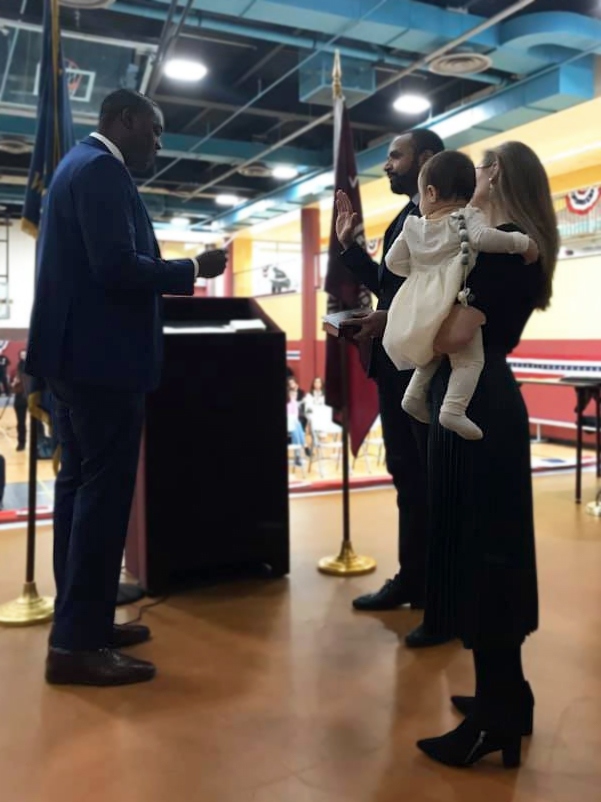On Our Minds

by Omar Lopez (he/him)
The way that most people think about “balance” is trying to balance their work life with their family life. That’s certainly part of it, but another aspect of balance is creating space to have activities outside of work that complement the way you spend your time at work. For me, that involves public service, specifically working as an elected official. Last year, I ran for a village trustee position where I live in Ossining, New York, a part of Westchester County. It’s an opportunity to be involved with my community in a way that is much deeper than I could be otherwise. And it’s a part-time position, with a majority of meetings held in the evening, so it doesn’t conflict with my work at On-Ramps.

What I’m learning through public service
At On-Ramps, I’m usually focused on recruitment and hiring for a variety of unrelated client organizations. It’s a lot of separate pictures to keep in my mind on separate tracks. But helping inform municipal legislation as village trustee requires a very different mindset. I have to think about the way in which municipal services—our department of public works and our police, fire, sanitation, and building departments—all work together. Then I have to consider what processes or rules help these services come together more efficiently.
How public service complements my job
Although the work I do as an elected official differs in content from my work as a search consultant, each role requires me to develop similar skills. As a trustee, I’m constantly working on how to manage stakeholders, improve my written and oral communication, and delegate projects to other members of the village board. These tasks only further my ability to work effectively for On-Ramps clients.
It's also become clearer to me that for many tricky issues inside and outside work, like the economist Thomas Sowell says, “There are no solutions, only trade-offs.” When the village board discusses how to create more affordable housing, I have to think about the impact not only in the short term—construction, permits, traffic—but also in the long term: how many people will be able to live there, how it will benefit their livelihoods, how this will affect the community, etc. I apply the same thinking to an executive search: who do we think can fill the needs that a client has right now, and how do the core competencies that we're looking for play into the client’s mid- and long-term organizational goals?
What to consider in pursuing balance through community service
- For organizations and leadership: It’s your responsibility to elevate the examples of employees who are involved in their community outside of work. Even if it feels a little more prescriptive, it will give a signal to employees that community engagement is something that you value and will make room for. One way to do that equitably could be giving all employees a day or two’s worth of time to get involved in a community initiative—like volunteering at a polling place, an animal shelter, a senior center, or something along those lines.
- For employees: As you think about if and how you want to get involved in public service, it’s important to be mindful of your own realities and levels of comfort. I recognize that a lot of my advice assumes that an employee has a healthy, nontoxic relationship with their manager and lives in a community they want to be engaged in. But if that idea doesn't move you, or you aren’t currently in a situation where that’s possible, that’s ok! Take a moment and think instead about where you do want to go, and how can you start taking steps now to get there.
The Takeaway
Even if all you have is a half hour a month to commit to a community or public service initiative, it is worth pursuing—especially if the activity you’re interested in has components that you feel will help you in your day job. Simply emailing the municipal officials that are closest to your community—like a borough president or community board member—with questions or comments about what’s going on where you live can make an impact. The more local these leaders are, the more likely you will get a response about how you can contribute. And if you’re in a position to do so, talk with your manager or team at work as well about why pursuing public service is important to you. Having that conversation with my own team proved to be very beneficial because it allowed me to not only build my own civic engagement, but also become a happier employee. I think On-Ramps recognizes that civic engagement—and any activity outside work, frankly—signals to clients and to candidates that we value people. It shows that when we say we want people to bring their whole selves to work, we really mean it.





